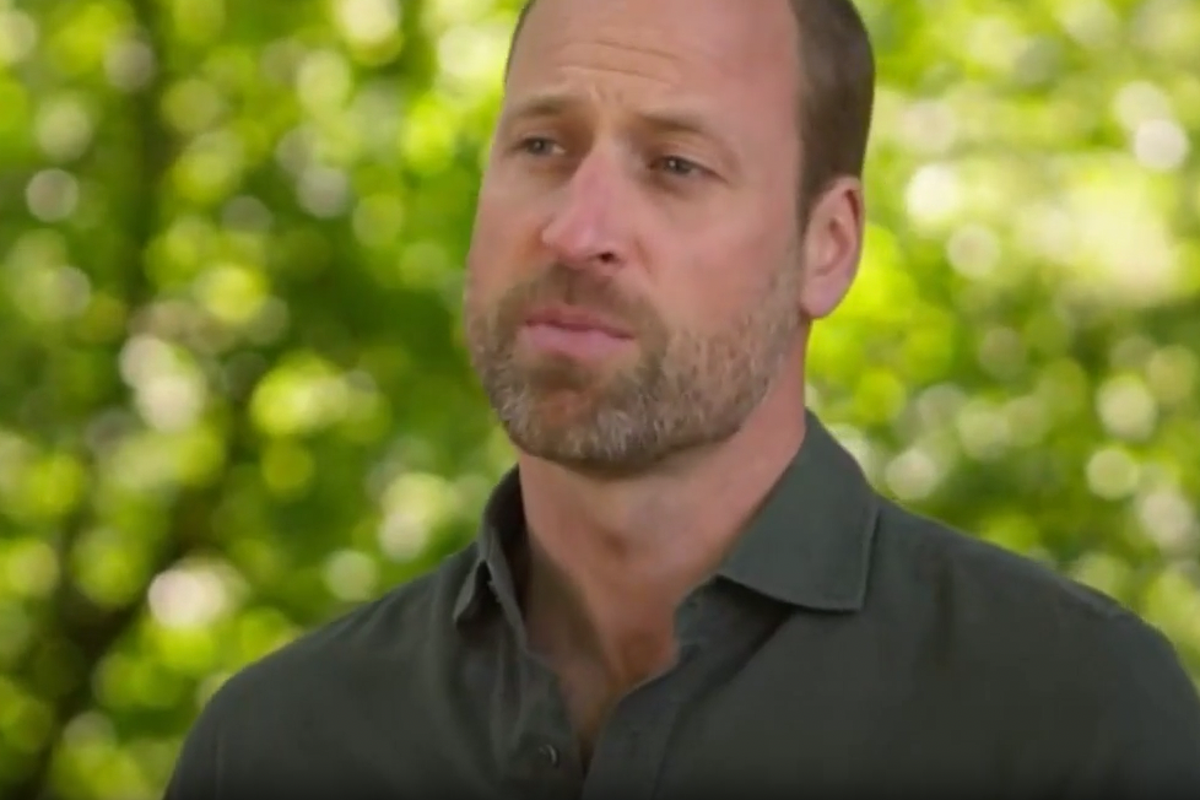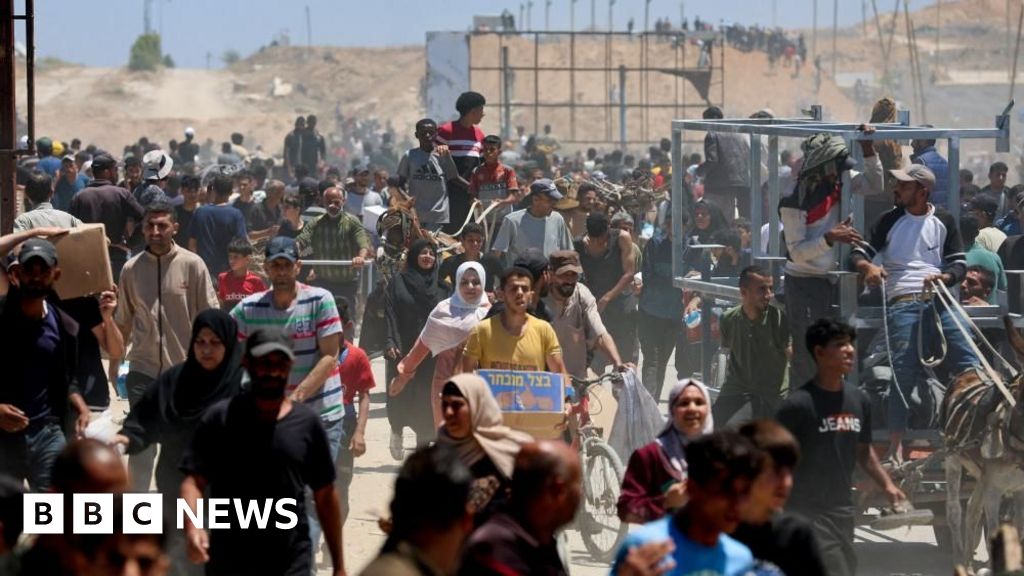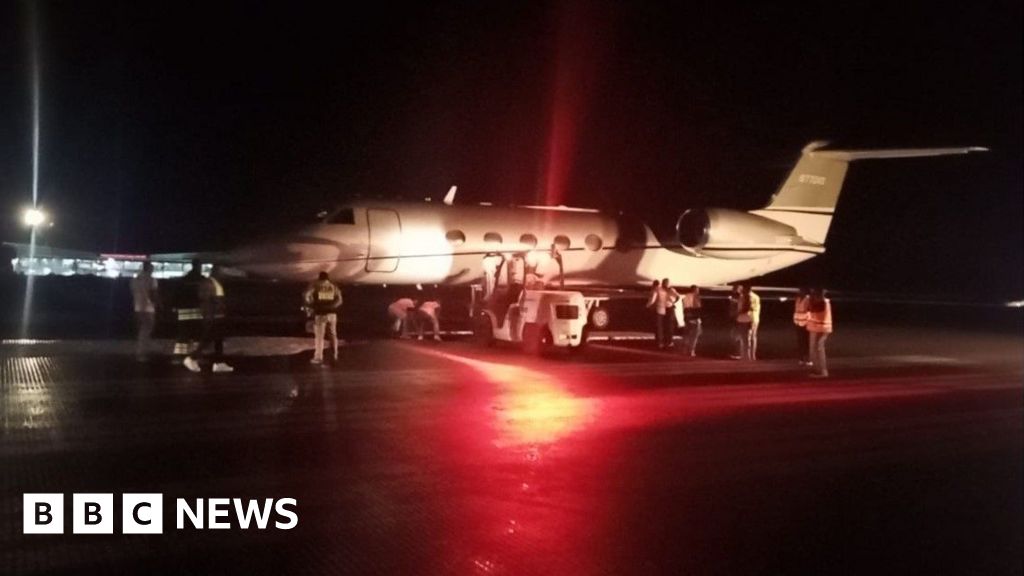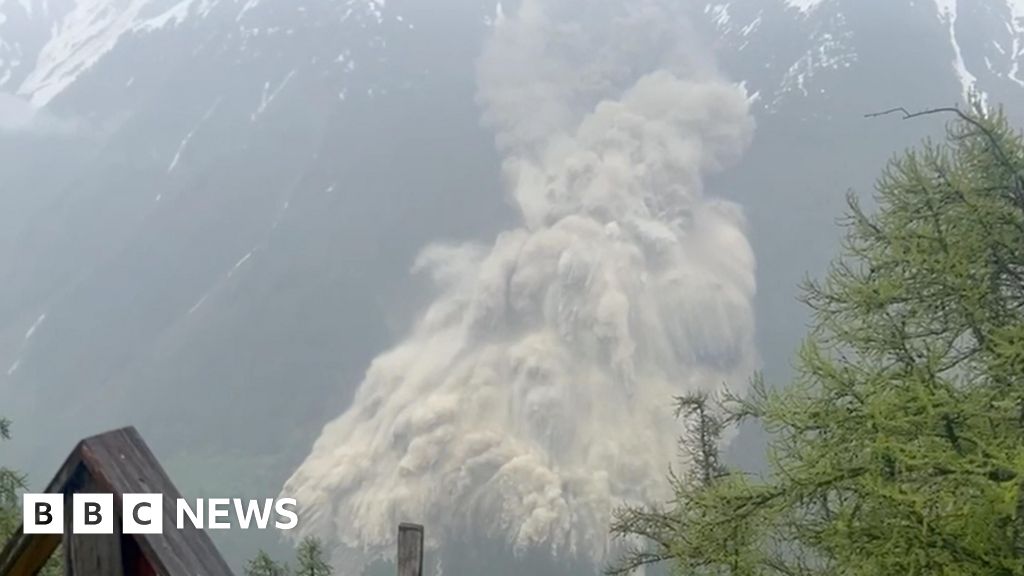Glacier melt, driven by climate change, buries 90% of this Swiss village
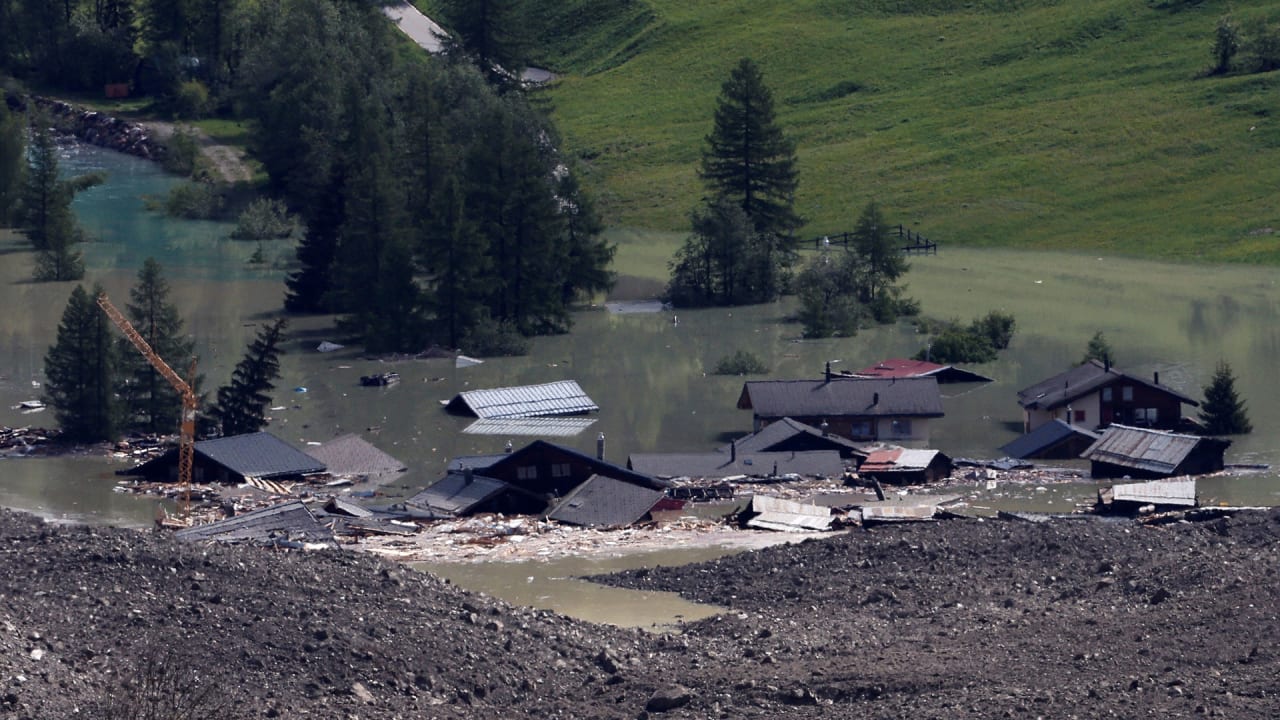
Swiss residents were struggling on Thursday to absorb the scale of devastation caused by a huge chunk of glacier that has buried most of their picturesque village, in what scientists suspect is a dramatic example of the impact of climate change on the Alps.
A deluge of ice, mud and rock crashed down the mountain on Wednesday, engulfing some 90% of the village of Blatten. Its 300 residents had already been evacuated earlier in May after part of the mountain behind the Birch Glacier began to crumble.
However, rescue teams with search dogs were still scouring the area on Thursday for a missing 64-year-old man after an initial scan with thermal drones found nothing.
As the Swiss army closely monitored the situation, some experts warned of the risks of flooding as vast mounds of debris almost two kilometers across are clogging the path of the River Lonza, causing a huge lake to swell amid the wreckage.
“I don’t want to talk just now, I lost everything yesterday. I hope you understand,” said one middle-aged woman from Blatten, declining to give her name as she sat alone disconsolately in front of a church in the neighbouring village of Wiler.
Nearby, the road ran along the valley before ending abruptly at the mass of mud and debris now blanketing her own village. Just a few roofs poked up through the sea of sludge.
A thin cloud of dust hung in the air over the Kleines Nesthorn Mountain where the rockslide occurred while a helicopter buzzed overhead.
Martin Henzen, another Blatten resident, said he was still trying to process what had occurred and did not want to speak for others in the village, saying only: “Most are calm, but they’re obviously affected.”
They had been making preparations for some kind of natural disaster but “not for this scenario,” he added, referring to the scale of destruction.
‘ENORMOUS PLUG’
But the immediate dangers might not be over.
“The water from the River Lonza cannot flow down the valley because there is an enormous plug,” Raphael Mayoraz, a cantonal geologist, told Swiss national broadcaster SRF. “The worst case scenario is possible flooding.”
Up to one million cubic meters of water are accumulating daily as a result of the debris damming up the river, said Christian Huggel, a professor of environment and climate at the University of Zurich.
Matthias Ebener, a spokesperson for local authorities, said some residents of neighbouring villages had been evacuated as a precaution.
The incident has revived concern about the impact of rising temperatures on Alpine permafrost which has long frozen gravel and boulders in place, creating new mountain hazards.
For years, the Birch Glacier has been creeping down the mountainside, pressured by shifting debris near the summit.
Matthias Huss, head of the Glacier Monitoring in Switzerland (GLAMOS), pointed to the likely influence of climate change in loosening the rock mass in the permafrost zone, which triggered this week’s collapse.
“Unexpected things happen at places that we have not seen for hundreds of years, most probably due to climate change,” he told Reuters.
—Dave Graham, Reuters
What's Your Reaction?
 Like
0
Like
0
 Dislike
0
Dislike
0
 Love
0
Love
0
 Funny
0
Funny
0
 Angry
0
Angry
0
 Sad
0
Sad
0
 Wow
0
Wow
0


